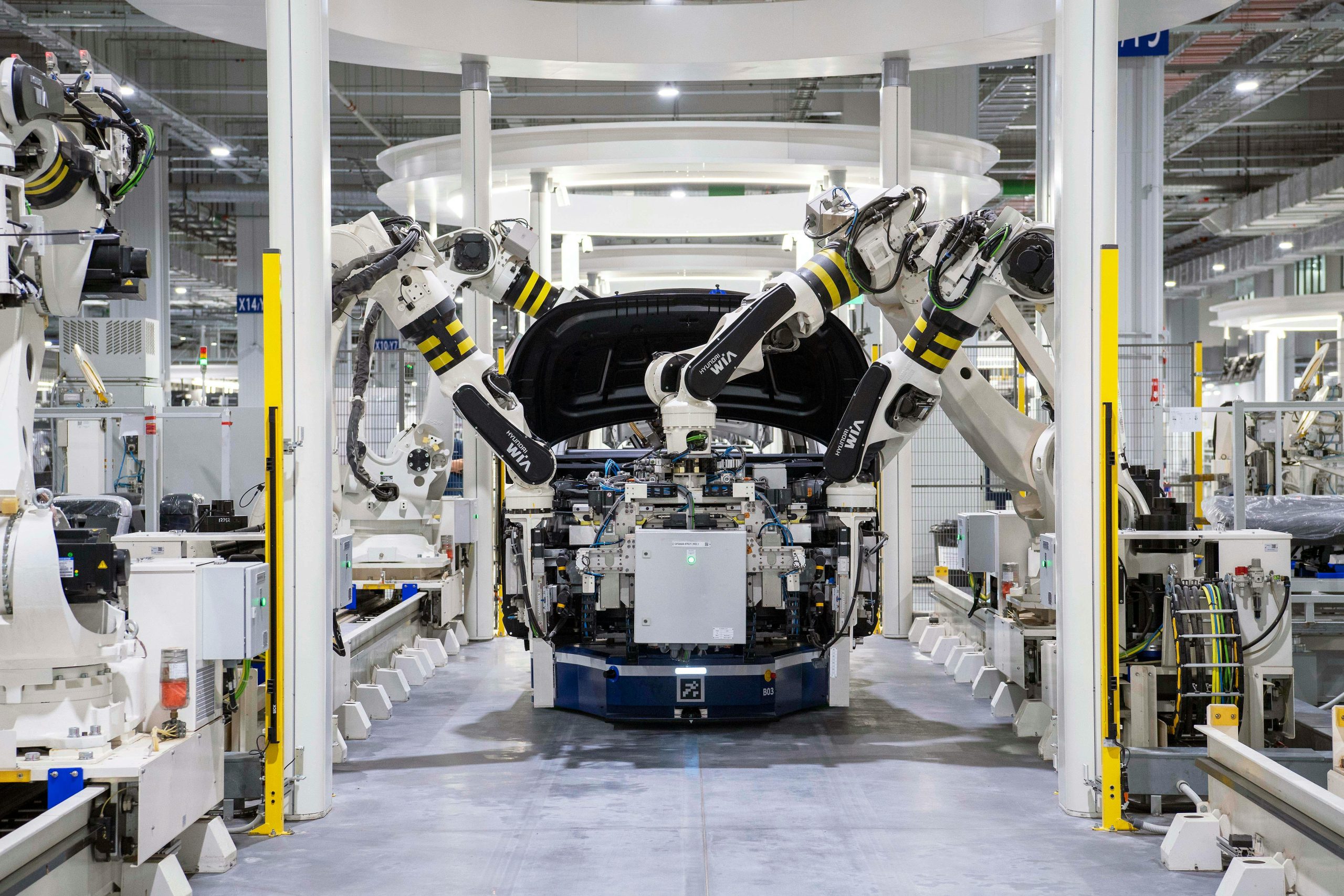The manufacturing industry has undergone a seismic shift over the past few decades, driven by the rapid advancement of robotics and automation. What was once a labor-intensive process dominated by human workers is now increasingly managed by intelligent machines capable of precision, speed, and efficiency unmatched by manual efforts. Robotics in manufacturing automation is not just an incremental improvement—it’s a revolution that is redefining production lines, supply chains, and global competitiveness. From automotive assembly to electronics manufacturing, robots are transforming how goods are produced, ensuring higher quality, reduced costs, and unparalleled scalability.
The Evolution of Robotics in Manufacturing
The journey of robotics in manufacturing began in the mid-20th century with the introduction of the first industrial robots. These early machines were rudimentary, performing simple, repetitive tasks like welding or material handling. However, as technology advanced, so did the capabilities of these robots. Today, modern robotics integrates artificial intelligence (AI), machine learning, and advanced sensors, enabling machines to adapt to dynamic environments, learn from data, and collaborate with human workers.
Key milestones in this evolution include:
- 1960s-1970s: The first programmable robots, like Unimate, were introduced for automotive assembly lines.
- 1980s-1990s: Robotics expanded into electronics and other industries, with improvements in precision and programmability.
- 2000s-Present: The rise of collaborative robots (cobots), AI-driven automation, and smart factories powered by the Industrial Internet of Things (IIoT).
This progression has made robotics indispensable in modern manufacturing, enabling companies to meet the demands of a fast-paced, globalized market.
Key Benefits of Robotics in Manufacturing Automation
The adoption of robotics in manufacturing offers a multitude of advantages that drive operational excellence and competitive edge. Below are some of the most significant benefits:
Increased Efficiency and Productivity
Robots operate 24/7 without fatigue, drastically reducing downtime and increasing output. They perform tasks with consistent speed and accuracy, minimizing errors and waste. For example, in automotive manufacturing, robotic arms can assemble a car chassis in minutes—a task that would take human workers hours.
Enhanced Precision and Quality Control
Manufacturing defects can be costly, leading to recalls and reputational damage. Robotics ensures micron-level precision in tasks like welding, painting, and component placement. Advanced vision systems and sensors allow robots to detect imperfections in real-time, ensuring only flawless products move down the line.
Cost Reduction Over Time
While the initial investment in robotics can be substantial, the long-term savings are undeniable. Robots reduce labor costs, minimize material waste, and lower energy consumption through optimized processes. Additionally, predictive maintenance powered by AI helps avoid costly breakdowns.
Improved Workplace Safety
Dangerous tasks—such as handling hazardous materials or operating heavy machinery—can be delegated to robots, reducing workplace injuries. Collaborative robots (cobots) work alongside humans, taking over repetitive or strenuous tasks while ensuring safety through built-in sensors.
Applications of Robotics in Modern Manufacturing
Robotics is being deployed across diverse manufacturing sectors, each benefiting from tailored automation solutions. Here are some prominent applications:
Automotive Industry
The automotive sector was an early adopter of robotics, using them for welding, painting, and assembly. Today, autonomous mobile robots (AMRs) transport parts across factories, while AI-powered robots inspect finished vehicles for defects.
Electronics Manufacturing
Producing tiny, intricate components for smartphones and computers requires extreme precision. Robotics excels in placing microchips, soldering circuits, and testing devices at speeds impossible for humans.
Food and Beverage Production
From packaging to quality inspection, robots handle perishable goods with hygiene and efficiency. Vision systems ensure only perfect products are packaged, while robotic arms palletize goods for shipment.
Pharmaceuticals and Medical Devices
In sterile environments, robots assemble medical devices, fill vials, and even assist in surgeries. Their precision is critical in ensuring compliance with stringent regulatory standards.
Challenges and Future Trends in Robotics for Manufacturing
Despite its transformative impact, robotics in manufacturing faces challenges that must be addressed for broader adoption. These include:
- High Initial Costs: Small and medium enterprises (SMEs) may struggle with the upfront investment in robotics.
- Integration Complexity: Retrofitting legacy systems with robotics requires expertise and can disrupt operations.
- Workforce Adaptation: Employees need reskilling to work alongside advanced robotics, necessitating training programs.
Looking ahead, several trends are set to shape the future of robotics in manufacturing:
- AI and Machine Learning: Smarter robots capable of self-optimization and decision-making.
- 5G and Edge Computing: Faster data processing enabling real-time robotic adjustments.
- Sustainable Robotics: Energy-efficient robots designed for green manufacturing.
Conclusion
The role of robotics in manufacturing automation is nothing short of revolutionary. By enhancing efficiency, precision, and safety, robots are enabling manufacturers to meet the demands of an increasingly complex and competitive landscape. While challenges remain, ongoing advancements in AI, connectivity, and sustainability promise an even brighter future for robotic automation. As industries continue to embrace this technology, the manufacturing sector will undoubtedly reach new heights of innovation and productivity.
